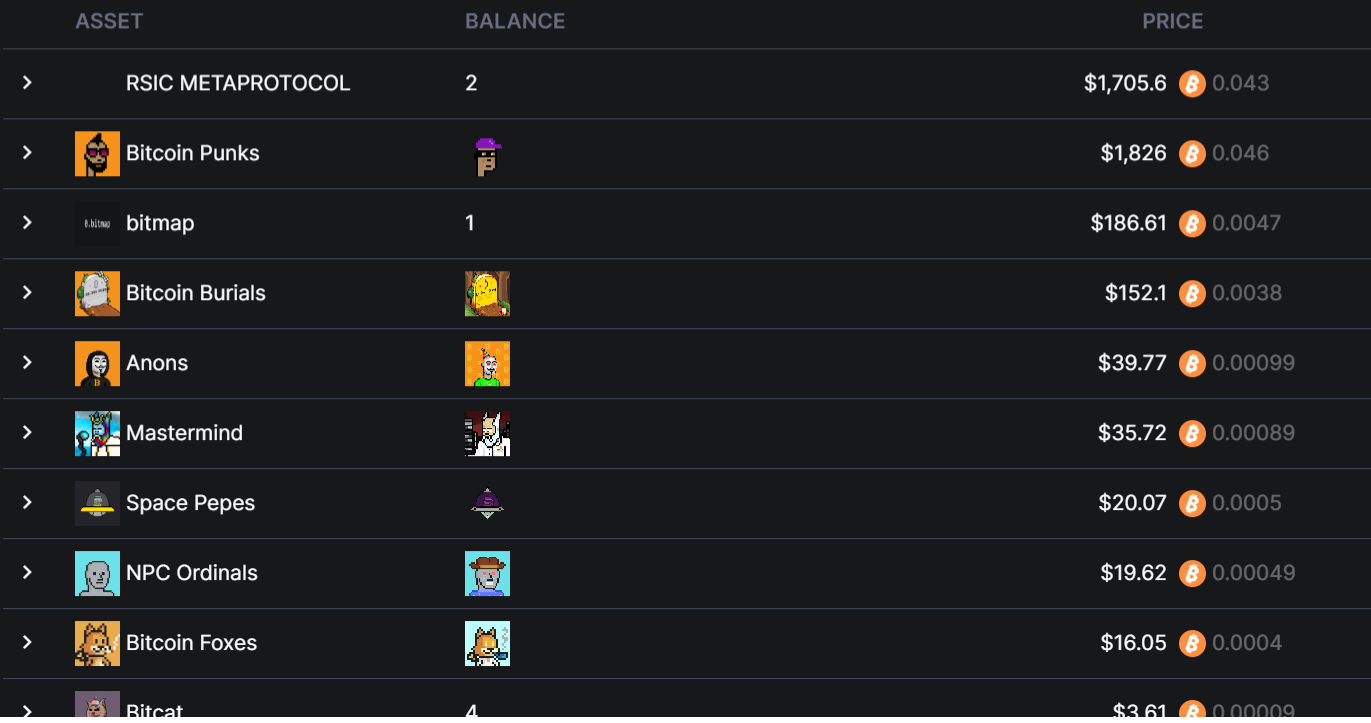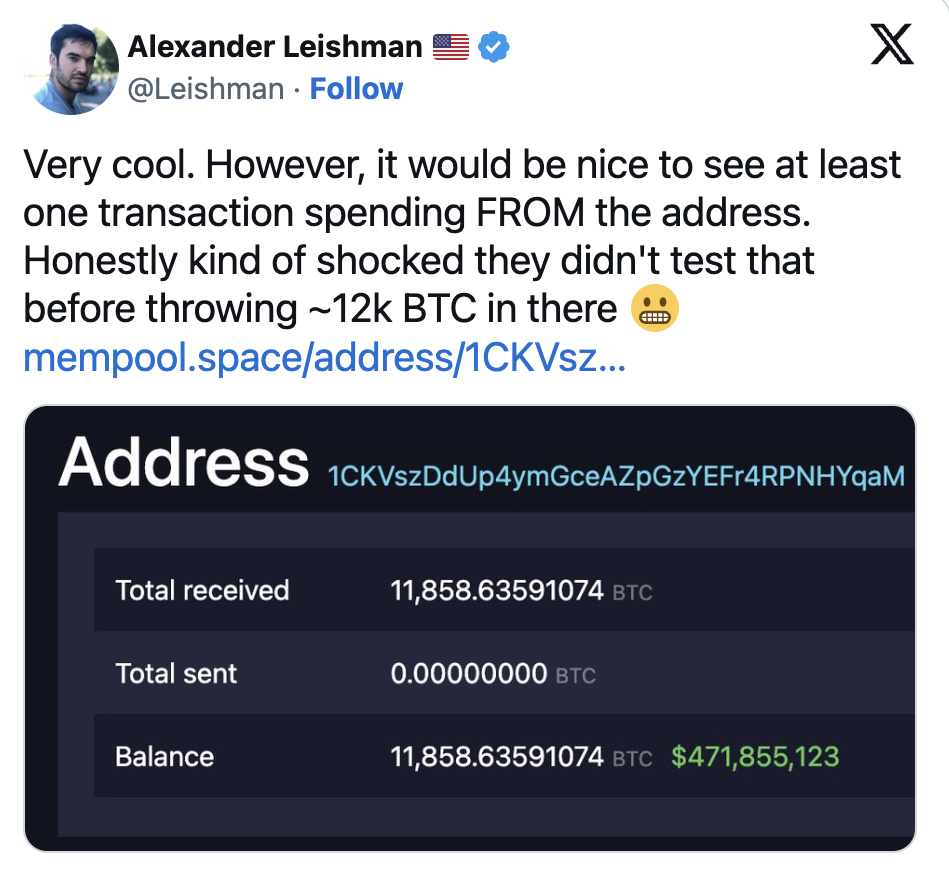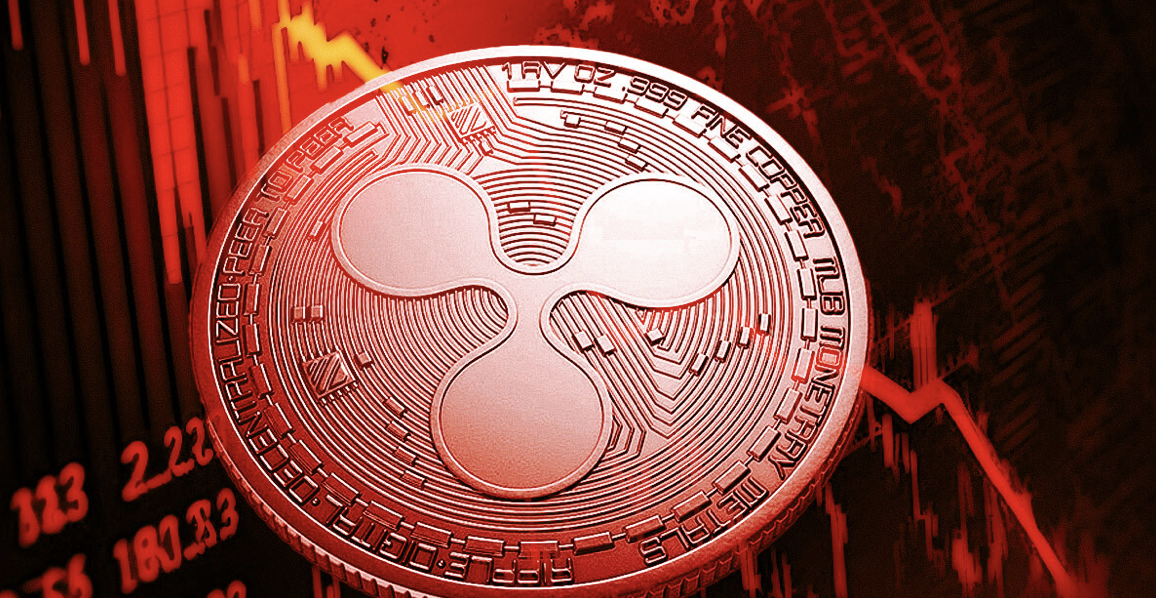Asset management firm Bitwise shared the Bitcoin address of its spot Bitcoin exchange-traded fund with the public on January 24, becoming the first among 10 spot Bitcoin ETF issuers to do so. After the Bitcoin wallet address became public, it received numerous tips and donations in the following hours, including some Bitcoin Ordinals tokens and rare artifacts.
Influx of Ordinals to the Bitwise Wallet
The wallet address currently holds donations worth $6,083 in Inscriptions and contains more than 16,000 Inscriptions. Among these assets are two RSICs, a Bitcoin Punk, a Bitcoin Burials, a Quadkey, and other Bitcoin Ordinals assets. The account also includes thousands of BRC-20 tokens, but there is no valid/active BRC-20 balance in the account.

Ordinals, in the basic Bitcoin blockchain ecosystem, introduces Bitcoin NFTs to users by encoding images, videos, and much more data onto individual satoshis. A satoshi is the smallest unit of Bitcoin, and 100,000,000 satoshis are equivalent to one Bitcoin. Ordinals were introduced last year and have since continued to gain interest among crypto communities.
Ordinals and the Bitcoin Ecosystem
Ordinals and Inscriptions popularity has created two camps; one side believes it makes the Bitcoin network more adaptable and versatile, while the other side believes that Ordinal assets often take up extra block space and congest the network.
While most of the crypto community praises Bitwise’s move to make the ETF assets’ address public, some have pointed out that the asset manager did not send any test transactions to verify the address, drawing attention to a single transaction involving a transfer of 12,000 Bitcoins.

The other side of the issue questions the asset manager for using a single-key wallet instead of a multi-signature (multisig) wallet, which is considered more secure. A multisig wallet, like a bank’s vault, requires the use of multiple private keys to open. Thus, a multisig wallet adds extra security to the crypto asset repository with two or more private keys.


 Türkçe
Türkçe Español
Español









